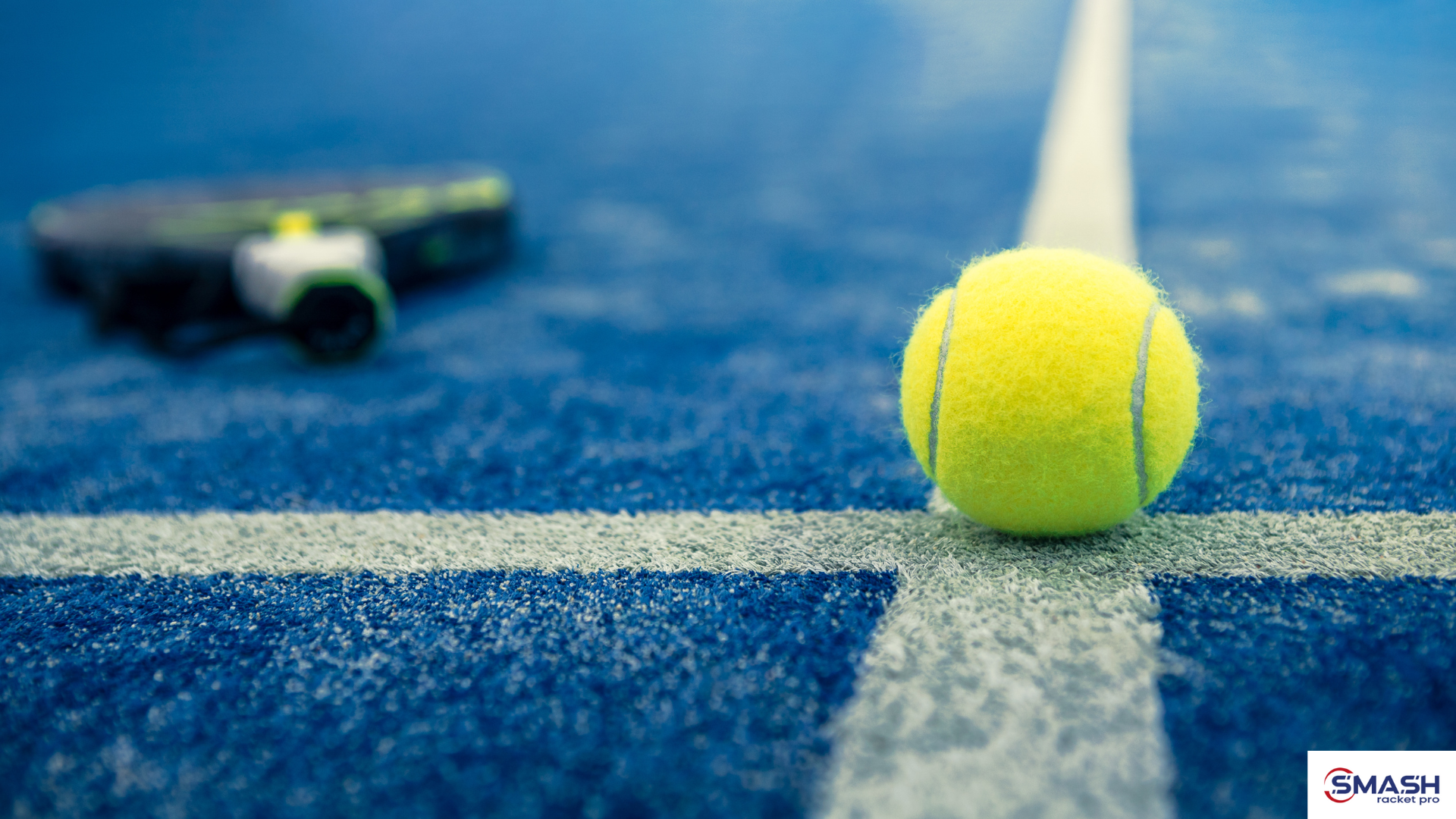Light (350g–365g)
• Pros: Easier maneuverability, reduces arm strain, better control.
• Cons: Less mass behind your shots, so reduced power potential.
• Who Benefits: Beginners, junior players, or anyone dealing with arm or shoulder issues.
Medium (365g–375g)
• Pros: Balanced performance of control and power.
• Cons: Might feel slightly heavy if you’re completely new, but most players adjust quickly.
• Who Benefits: The majority of adult players—this is the sweet spot for all-round performance.
Heavy (375g–390g)
• Pros: High power potential, stability on strong shots.
• Cons: Requires good technique and arm strength; can lead to fatigue or injury if you’re not used to it.
• Who Benefits: Advanced players who crave power and can handle the extra weight.





